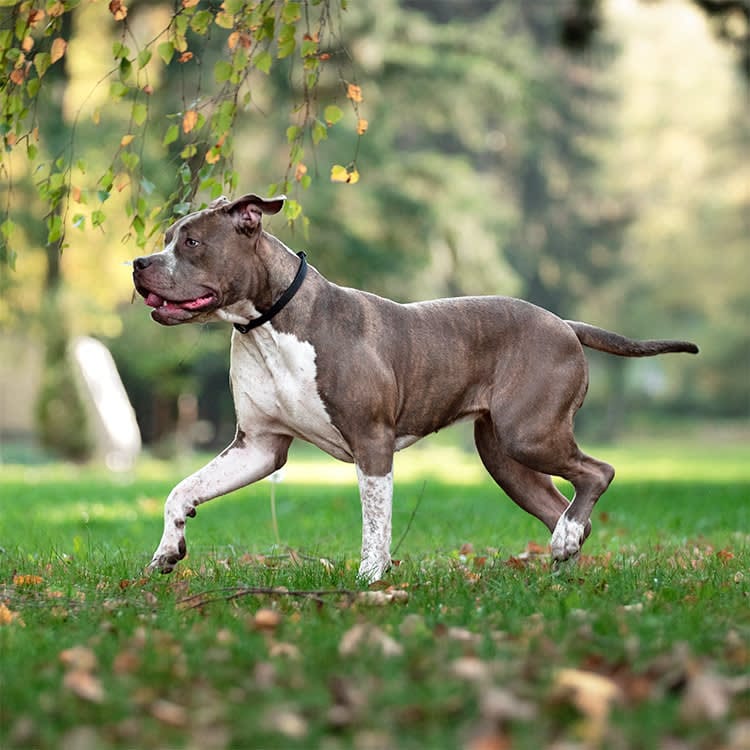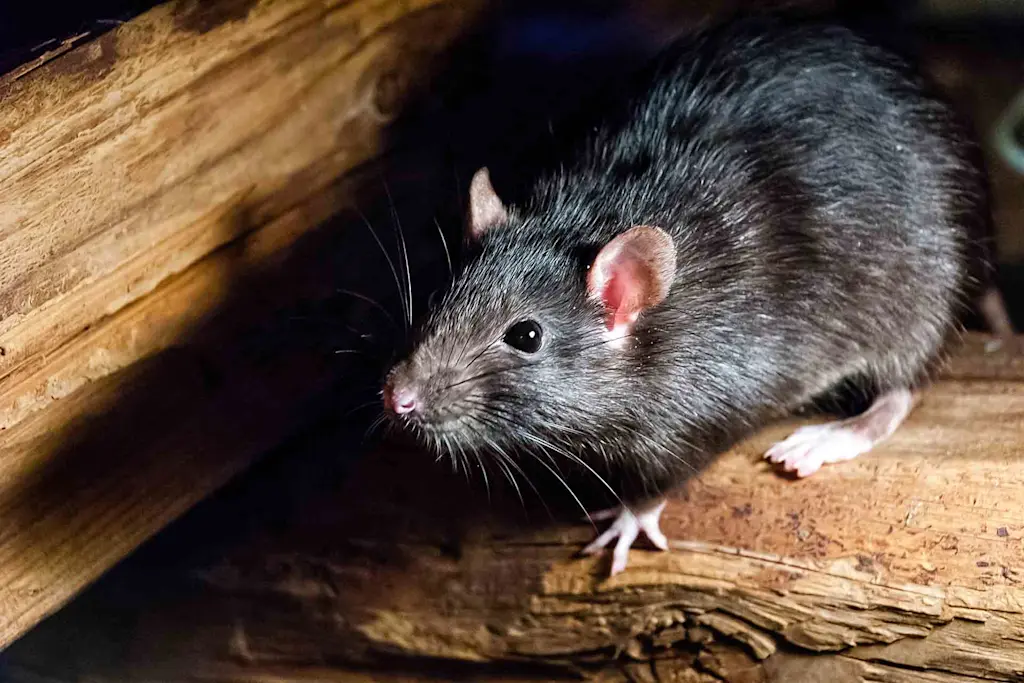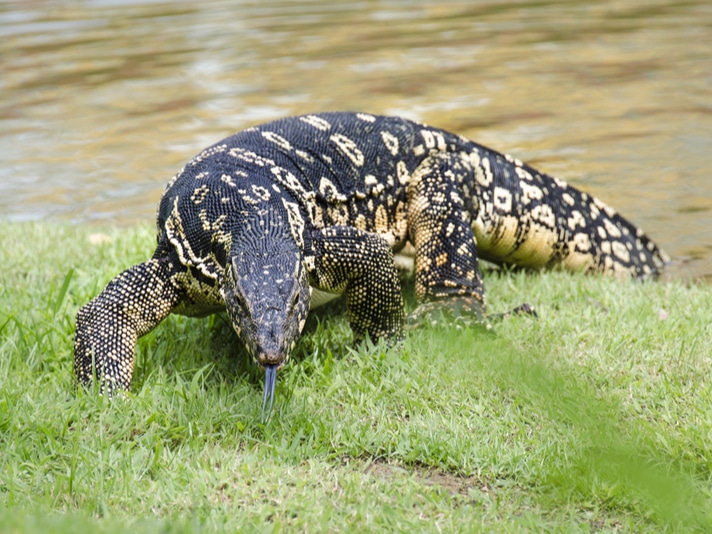The XL Bully, also known as the American Bully XL, is a larger variant of the American Bully breed. Known for their muscular build and gentle nature, XL Bullies have become popular companions for many families. They are part of the American Bully family, which includes other sizes like the Pocket, Standard, and Classic.
Origin and History
The American Bully breed was developed in the 1990s with the goal of creating a companion dog that retained the muscular build of the American Pit Bull Terrier but had a more gentle temperament. The XL Bully is one of the larger varieties, bred for size while maintaining the breed’s friendly and outgoing personality.

Characteristics of the XL Bully
Physical Characteristics
- Size: XL Bullies are the largest of the American Bully sizes, typically weighing between 80 and 120 pounds and standing about 17 to 20 inches tall at the shoulder.
- Muscle Structure: They have a muscular build with a broad chest and well-defined muscles.
- Coat: The coat is short and smooth, coming in a variety of colors including fawn, brindle, and blue.
Temperament
- Friendly: Known for their gentle and affectionate nature, making them excellent family pets.
- Intelligent: Highly intelligent and trainable, but they can be stubborn at times.
- Loyal: Extremely loyal to their families and often form strong bonds.
Care and Nutrition for XL Bullies
Nutrition
XL Bullies require a balanced diet that supports their muscular build and energy needs. Here are some key nutritional considerations:
- Protein: High-quality protein sources like chicken, beef, or fish are essential for muscle maintenance.
- Fats: Healthy fats support skin and coat health, as well as joint mobility.
- Carbohydrates: Whole grains provide energy and fiber.
- Vitamins and Minerals: Ensure adequate intake of vitamins and minerals for overall health.
Feeding Schedule
- Puppies: Feed 3-4 times a day until they are about six months old.
- Adults: Feed twice a day, adjusting the amount based on activity level and size.
Exercise Needs
- Daily Walks: Regular walks are essential for maintaining physical health and mental well-being.
- Playtime: Engage in play activities like fetch or tug-of-war to keep them active and stimulated.
- Training: Incorporate obedience training to keep their minds active.
Health Considerations
- Hip Dysplasia: Common in larger breeds, regular check-ups are important.
- Skin Issues: Monitor for skin allergies or irritations.
- Obesity: Manage weight to prevent obesity-related health issues.
Training and Socialization
Training Tips
- Positive Reinforcement: Use rewards and praise to encourage good behavior.
- Consistency: Establish a routine and stick to it.
- Early Training: Start training early to develop good habits.
Socialization
- Expose to People: Socialize your XL Bully with various people to ensure they remain friendly and calm.
- Introduce Other Pets: Gradually introduce them to other pets to prevent aggression.
- New Environments: Expose them to different environments to reduce anxiety.
Grooming and Hygiene
Coat Care
- Brushing: Regular brushing helps maintain their coat and reduce shedding.
- Bathing: Bathe as needed, typically every few weeks.
Dental Care
- Brushing Teeth: Regular dental care prevents tartar buildup and promotes oral health.
- Dental Chews: Use dental chews to help maintain clean teeth.
Nail Care
- Trimming Nails: Regular nail trimming prevents overgrowth and discomfort.
Conclusion
The XL Bully is a loving and loyal companion that thrives on attention and care. By providing a balanced diet, regular exercise, and proper training, you can ensure your XL Bully lives a happy and healthy life.
Additional Tips for XL Bully Owners:
- Veterinary Care: Regular check-ups are crucial for monitoring health.
- Grooming: Regular grooming helps maintain their coat and overall health.
- Family Involvement: Involve all family members in care and training to strengthen bonds.
By following these guidelines and understanding the unique needs of the XL Bully, you can create a nurturing environment that allows your pet to flourish.
Frequently Asked Questions
- Q: Are XL Bullies good with children?
- A: Yes, they are generally excellent with children due to their gentle nature.
- Q: Do XL Bullies require a lot of exercise?
- A: While they need regular exercise, they are not high-energy dogs and can adapt to moderate activity levels.
- Q: How often should I groom my XL Bully?
- A: Regular grooming is important, but their short coats require less maintenance than longer-haired breeds.
- Q: Can XL Bullies be trained easily?
- A: Yes, they are intelligent and trainable, but consistency and positive reinforcement are key.
- Q: What are common health issues in XL Bullies?
- A: Common issues include hip dysplasia and skin allergies. Regular veterinary check-ups are important.
Final Thoughts
The XL Bully is a wonderful breed for those looking for a loyal and loving companion. With proper care, nutrition, and training, they can become cherished members of any family. Always consult with a veterinarian for personalized advice tailored to your pet’s specific needs and health conditions.
Advanced Training Techniques
For those interested in advanced training, consider the following techniques:
- Agility Training: Engage your XL Bully in agility activities to challenge them physically and mentally.
- Obedience Competitions: Participate in obedience competitions to showcase their skills and strengthen your bond.
- Therapy Work: Train your XL Bully for therapy work, leveraging their gentle nature to bring joy to others.
By engaging in these activities, you can further enhance your relationship with your XL Bully and provide them with mental and physical stimulation.
Building a Strong Bond
Building a strong bond with your XL Bully involves consistent interaction and positive reinforcement. Here are some tips:
- Spend Quality Time: Engage in activities that both you and your dog enjoy.
- Use Positive Reinforcement: Reward good behavior with treats and praise.
- Be Consistent: Establish routines and stick to them.
By following these tips, you can create a deep and lasting connection with your XL Bully.
Community Involvement
Involving your XL Bully in community activities can be rewarding for both you and your pet. Consider the following:
- Dog Parks: Visit dog parks for socialization and exercise.
- Dog Shows: Participate in dog shows to showcase your XL Bully’s unique qualities.
- Charity Events: Participate in charity events with your XL Bully to support good causes.

Nutrition and Supplements
In addition to a balanced diet, consider the following supplements to support your XL Bully’s health:
- Omega-3 Fatty Acids: Support skin and coat health.
- Glucosamine: Help maintain joint health.
- Probiotics: Support digestive health.
Always consult with a veterinarian before adding any supplements to your dog’s diet.
Health Monitoring
Regular health monitoring is crucial for maintaining your XL Bully’s well-being. Here are some key health checks:
- Annual Check-Ups: Ensure regular veterinary visits for health assessments.
- Vaccinations: Keep vaccinations up to date to protect against diseases.
- Parasite Control: Regularly check for and prevent parasites like fleas and ticks.


